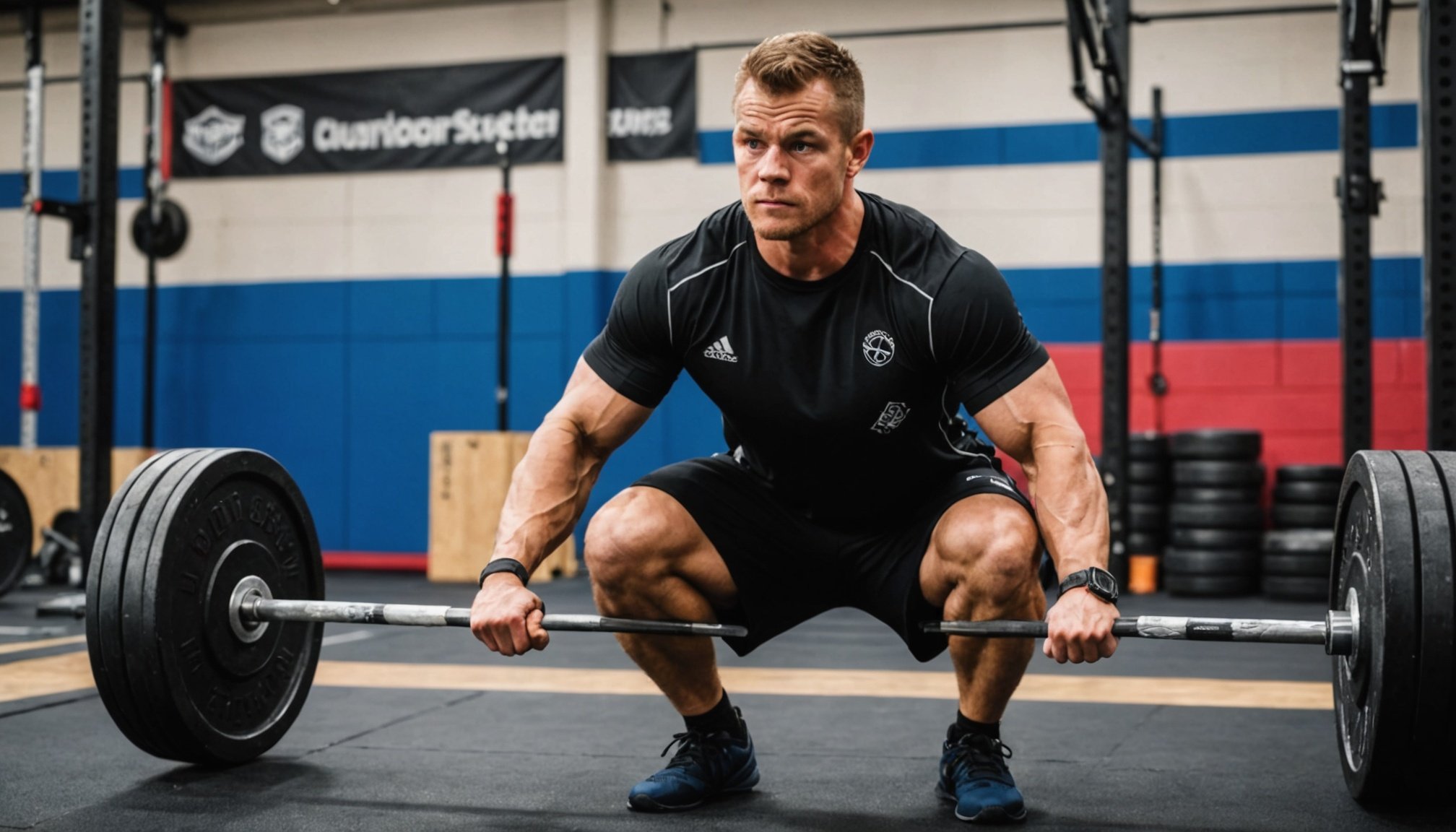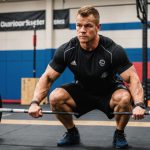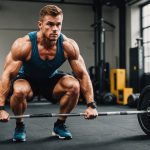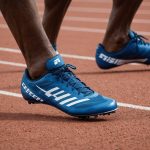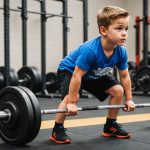Importance of Stretching in Olympic Weightlifting
Stretching holds a pivotal role in Olympic weightlifting, both for injury prevention and performance improvement. Incorporating stretching into your routine ensures that your body remains resilient and agile, vital for executing complex lifts. Enhanced flexibility and mobility are crucial; they enable lifters to navigate a full range of motion, ensuring proper form, which in turn prevents injuries. Lack of flexibility can lead to muscle strains or tears, effectively sidelining progress.
Studies have shown that the benefits of stretching extend beyond physical safety, positively impacting performance. A consistent stretching regimen can enhance performance improvement by increasing a lifter’s ability to execute explosive movements with greater ease. Research by sports scientists and insights from experienced trainers underscore that a comprehensive stretching routine is integral for success in weightlifting.
Topic to read : Unlocking Muscle Performance: The Impact of Vitamin D Supplements on Indoor Athletes
By targeting specific muscle groups before and after lifting sessions, stretching helps in reducing muscle stiffness, fostering recovery, and promoting long-term injury prevention. Expert opinions suggest that incorporating dynamic stretching pre-workout and static stretching post-workout maximises these benefits. Engaging in a well-rounded stretching routine not only enhances performance but also provides a competitive edge, crucial for Olympic-level athletes.
Overview of Essential Stretching Exercises
Incorporating stretching exercises into a weightlifting routine is crucial for improving performance and preventing injuries. Different categories of stretching, such as static, dynamic, and PNF (proprioceptive neuromuscular facilitation), each offer distinct benefits to those involved in Olympic weightlifting.
Also to see : Essential Tips for a Safe Comeback to Weightlifting After a Muscle Injury
Static stretching involves holding a stretch for 15-60 seconds, targeting muscle elongation. This type is beneficial post-workout, as it helps in cooling down, increasing flexibility, and reducing muscle stiffness. For weightlifters, static stretches such as held hamstring and quad stretches are crucial.
Dynamic stretching, on the other hand, involves moving parts of the body in a controlled manner, gradually increasing reach and speed. These mobility work exercises, like leg swings and arm circles, prepare the body for intense lifting sessions by enhancing joint mobility and warming up muscles.
PNF stretching is a more advanced technique. It involves a combination of passive stretching and isometric contractions, significantly increasing muscle flexibility and strength. This makes it suitable for Olympic weightlifters who require peak performance and robust muscle function.
Integrating these stretching routines into your training can significantly contribute to optimal weightlifting performance and overall physical health.
Individual Stretching Exercises for Weightlifting
A consistent stretching routine is essential for weightlifters to improve performance and prevent injuries. By focusing on specific stretches, one can achieve targeted flexibility essential for optimal form and technique. Let’s explore exercises tailored for weightlifting enthusiasts.
Hip Flexor Stretch
Focusing on Olympic lifting, the hip flexor stretch is crucial for enhancing performance. It increases lower body mobility, which is essential for deep squats and powerful lifts.
- Instructions:
- Begin by kneeling on one knee, forming a 90-degree angle with the other knee.
- Lean forward gently, keeping your back straight and hip aligned.
- Hold the stretch as you feel the tension in your hip flexor.
- Common Mistakes:
- Avoid arching the back.
- Ensure the knee doesn’t extend beyond the toes.
Shoulder Dislocators
An excellent exercise for improving shoulder mobility is the shoulder dislocator. This stretch facilitates better range of motion, which is critical when performing overhead lifts.
- Instructions:
- Use a stick or resistance band held wide with both hands.
- Slowly raise it above your head, then behind your back, keeping arms straight.
- Variations for skill levels:
- Beginners can use a wider grip.
- Advanced weightlifters should try narrower grips.
Incorporating Stretching into Weightlifting Routines
In the realm of training routines, incorporating stretching can optimise both performance and recovery. Starting your session with warm-up exercises is crucial, as it prepares muscles for the demands of weightlifting. Before hitting the weights, engage in dynamic stretches such as leg swings or arm circles. These movements elevate your heart rate and increase muscle temperature, effectively reducing the risk of injury.
A balanced stretching schedule is integral for any weightlifting routine. Consider static stretching post-workout, targeting the major muscle groups used in your session. Allocate specific days for deeper stretching sessions, focusing on areas that require extra attention, like the shoulders or hamstrings.
Timing your stretches appropriately enhances their effectiveness. Allow 5-10 minutes for dynamic stretches as a prelude to your workouts, while dedicating at least 10 minutes post-exercise to static stretching. Post-workout stretching aids in releasing muscle tension and improves flexibility over time, contributing to more effective and safer weightlifting sessions.
By integrating stretching into your daily routine, you create a holistic approach that not only boosts strength but also supports greater overall mobility. This well-rounded regimen cultivates a more sustainable and rewarding fitness journey.
Tips for Enhancing Stretching Effectiveness
To achieve your personal bests in flexibility, maintaining consistency in your stretching routine is crucial. Regular practice not only aids in improving range of motion but also reduces potential injury risks. Incorporate structured stretching sessions into your daily routine to see noticeable progress.
When considering effective methods for stretching, focus on techniques that allow you to deepen each stretch safely. Begin with a warm-up to increase blood flow and prepare muscles, and proceed to gentle, gradual stretches. Remember to listen to your body, avoiding any movements that cause pain. Practice breathing deeply to facilitate muscle relaxation.
Integrating props like yoga blocks or straps can significantly enhance your stretch’s effectiveness. These tools help maintain alignment and provide support, enabling you to achieve positions that might otherwise be challenging. For instance, yoga straps extend reach, allowing deeper stretches without straining.
Staying mindful of your body’s signals during stretches can prevent overextension and ensure you’re working within safe limits. By prioritizing consistency and utilizing appropriate aids, you can optimize your stretching regimen, reaping maximum benefits over time.
Conclusion and Recommendations
In Olympic weightlifting, understanding and applying best practices in stretching is crucial for optimal performance. Engaging in effective stretching routines helps athletes improve flexibility, minimise injury risks, and enhance overall efficiency. Tailoring these routines to individual needs is key, and this is where the expertise of a coach becomes invaluable. Coaches can provide personalized stretching routines, ensuring exercises are executed safely and effectively.
When focusing on recovery protocols, it is essential to incorporate techniques such as dynamic stretching before workouts and static stretching afterward. This approach can significantly aid in muscle recovery and help maintain peak performance. Incorporating well-structured cooldowns and integrating tools like foam rollers can further enhance the recovery process.
To gain deeper insights into the nuances of weightlifting and stretching, consider exploring additional resources. Books, online tutorials, and workshops are excellent avenues for further education. Joining a community or finding a training partner can offer support and motivation.
By adhering to these performance tips and seeking professional guidance, athletes can optimize their training regimen, improving not only their immediate results but also their long-term success in the sport.

